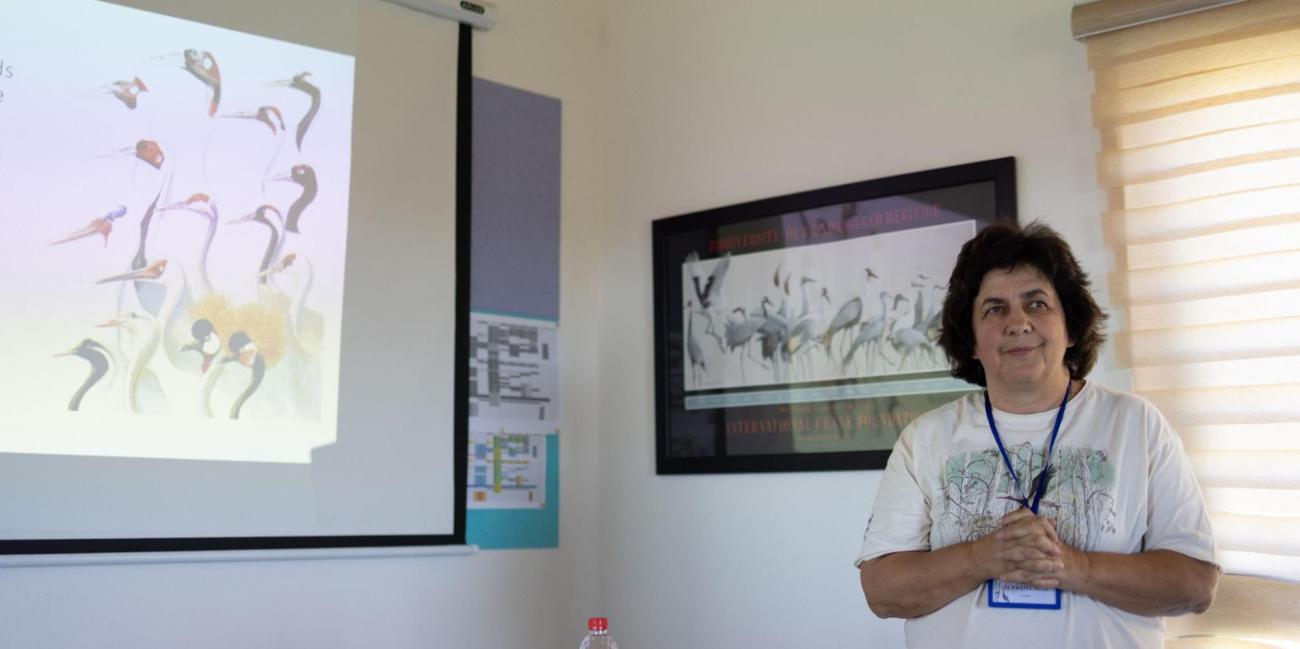
In the first ten days of July, a workshop for young researchers of cranes of Northeast Asia was held in Mongolia, organized by the Wildlife Study and Conservation Center of Mongolia (WSCC) and the United Nations Economic and Social Commission for Asia and the Pacific (ESCAP).

The workshop was held within the framework of the UN Subregional Programme “Participatory Conservation of Migratory Bird Habitats in Northeast Asia”. It provided a unique platform for early career researchers and conservationists from across the region to enhance their technical capacity in crane research and conservation.
Through a combination of lectures, field trips and interactive discussions, young scientists from Mongolia, China, South Korea, Japan and Russia gained hands-on experience in crane research and conservation. The exchange of experiences and modern methods provided a palette of effective measures for restoring endangered species populations. During the workshop, participants learned about methods of working with rural communities in direct contact with cranes in the wild, mastered the skills of processing survey data obtained using a quadcopter and much more.
Russia was represented in the seminar by young scientists from the Daursky and Chernye Zemli nature reserves, the Muravyevsky Park for Sustainable Nature Management, the Institute for Biological Problems of the Cryolithozone of the Siberian Branch of the Russian Academy of Sciences, and the N.I. Vavilov Institute of General Genetics of the Russian Academy of Sciences.
The Severtsov Institute of Ecology and Evolution of the Russian Academy of Sciences was represented by leading engineer K.D. Kondrakova and, as an invited lecturer, senior researcher E.I. Ilyashenko, who reviewed the results of studying and preserving cranes in the world, including Northeast Asia, presented information on the achievements and problems of preserving this group of species at the international level and along flyways, and also spoke about the methods needed to assess the quality of foraging habitats for cranes.
